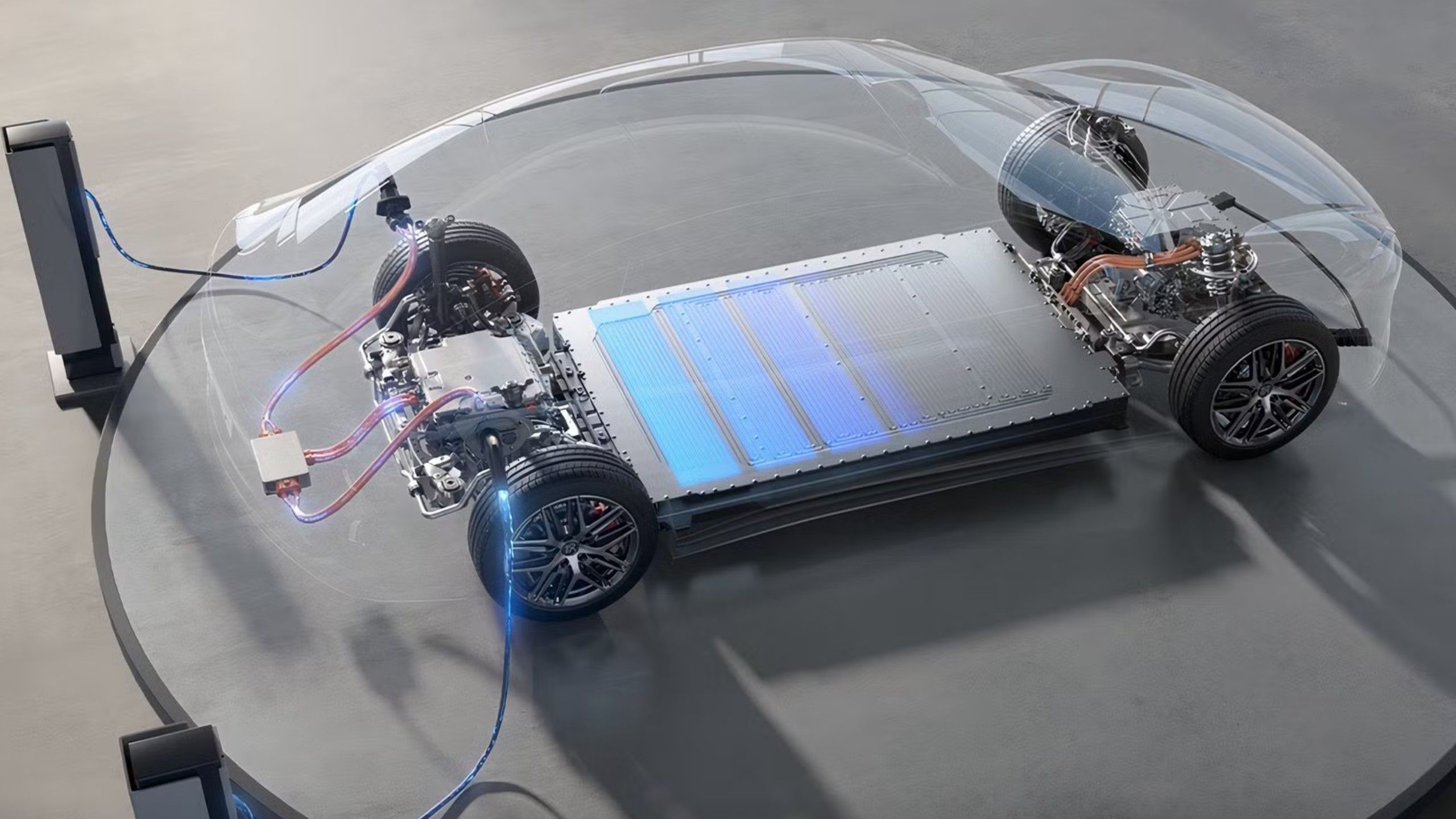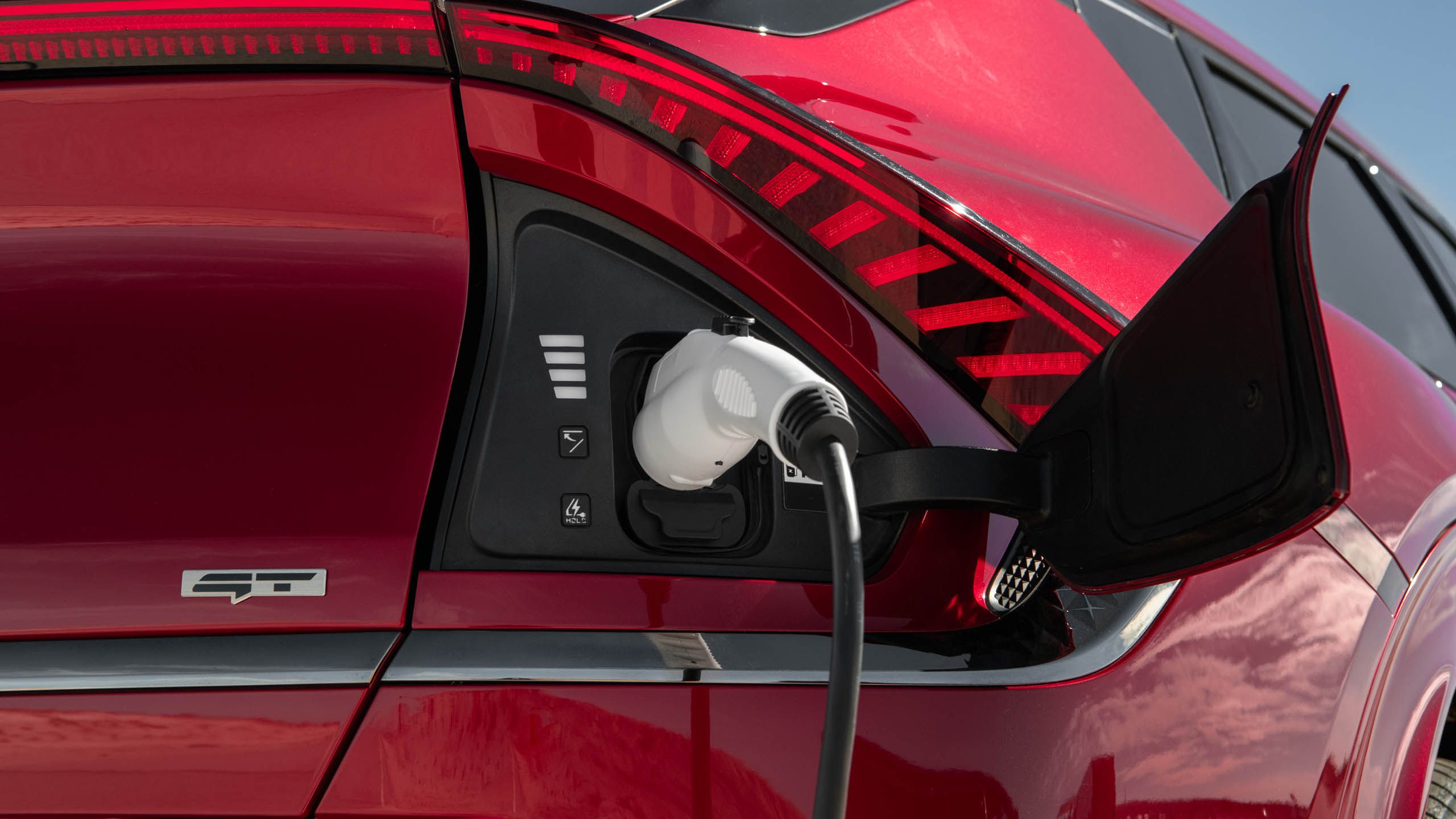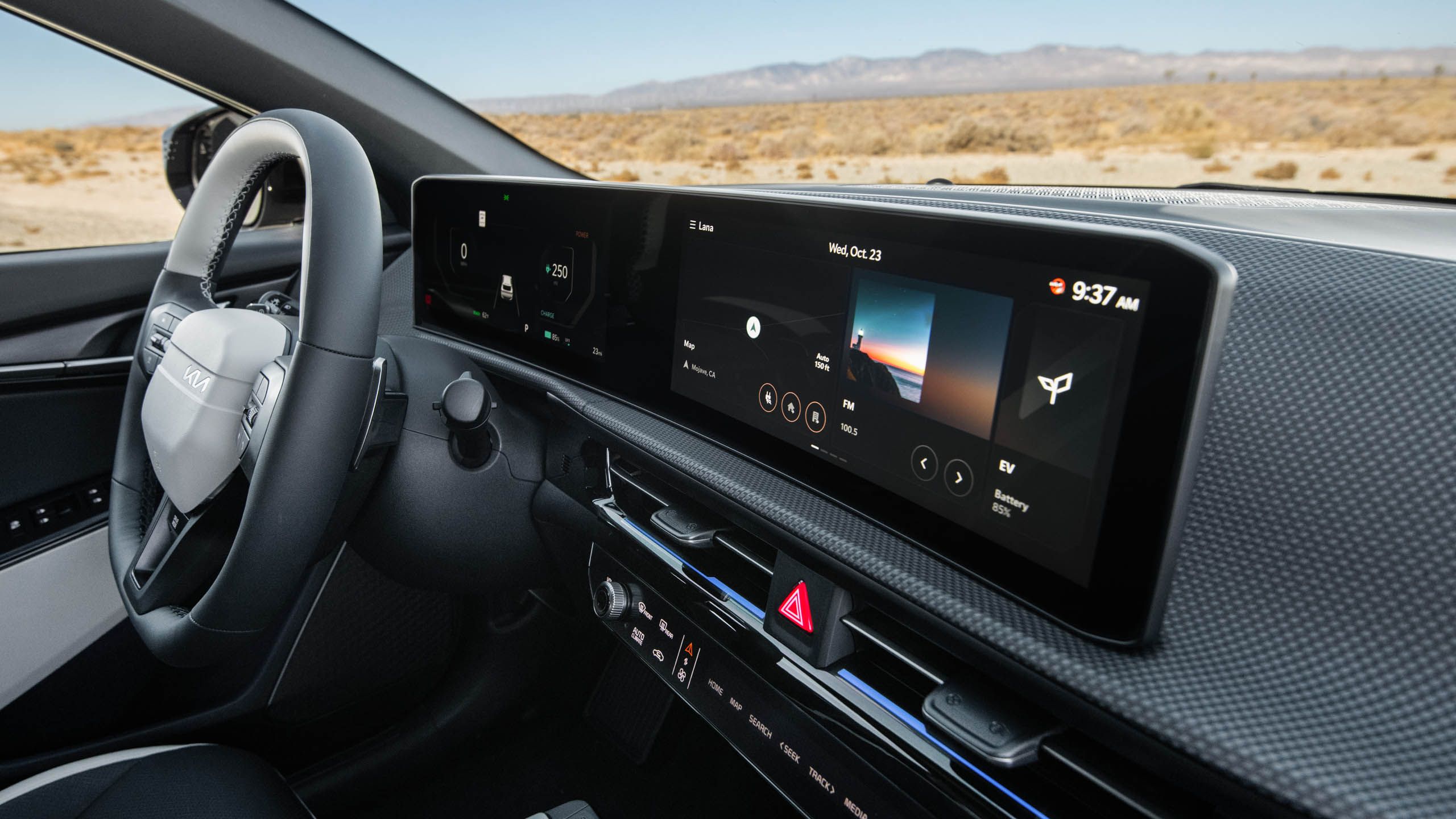Summary
- Buying a used EV can save up to 75% on running costs compared to gas cars.
- Evaluate driving patterns to find an EV with suitable range and charging capabilities.
- Check the battery, service history, and warranty to ensure a good deal on a used EV.
There is incredible value in used electric vehicles right now. If you are careful in buying the right vehicle for your needs, you will find the running costs to be minimal. Charging an EV at home or at an office charger will save you 75% on what you would have spent filling a similar car with gas. EVs don’t need the same service intervals as gas cars, because they don’t have spark plugs and don’t use engine oil that has to be changed. EV brakes last longer, too. But EVs are still new and most of us don’t know how to go about buying a used one, and what to look for.
When buying a used EV, you have to answer the same questions you would in buying a gas car. What will you use it for? Do you just need a car for your daily commute and general driving around town, or do you need the versatility of a crossover, or the utility of a pickup? How many seats should the car have? Does your driving style require power and handling, or more sedate comfort, or is it a bit of both? Are you buying used because you want to pay as little as possible, or because you are looking for greater luxury at a lower price?
Buying a used EV will require most of the due diligence needed for a used gas car, plus a few more EV-specific items to check.
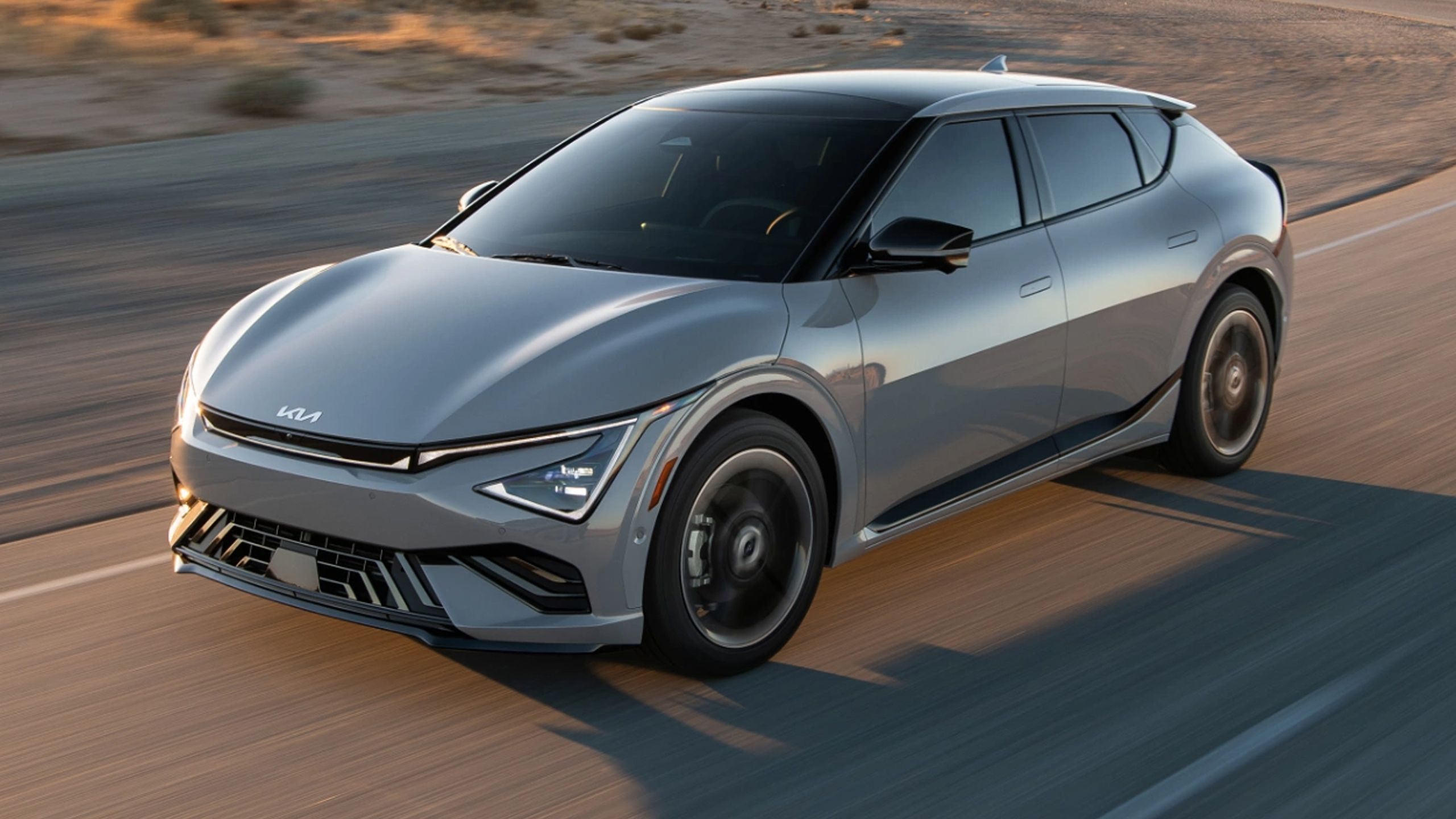
Related
The stunning, powerful EV is an excellent alternative to the Tesla Model Y
Don’t want a Tesla? Here’s a totally valid alternative to the Model Y.
1
Your driving patterns
How far and how varied
Gas cars are easy because you drive and fill up at the nearest gas station when needed. EVs are easy too, but for now, need a little more thought. Drivers in the US average 37 miles a day, while commutes are twelve miles there and twelve back. If this is you, a Nissan Leaf with home charging and 149 miles range will work well.
If you drive is more varied, or you are looking for more power, you should be looking for an EV with a longer range, and the ability to use the charging network in your area if you exceed your range.
Keep in mind too that EVs get better range in city driving than on the highway, because their brakes recover some of the acceleration energy. Cold weather also affects EV range and charging times.
Drivers get range anxiety when choosing an EV. Most used EVs will give you a range of between 200 and 300 miles. For perspective, the drive from New York City to Washington DC is 229 miles.
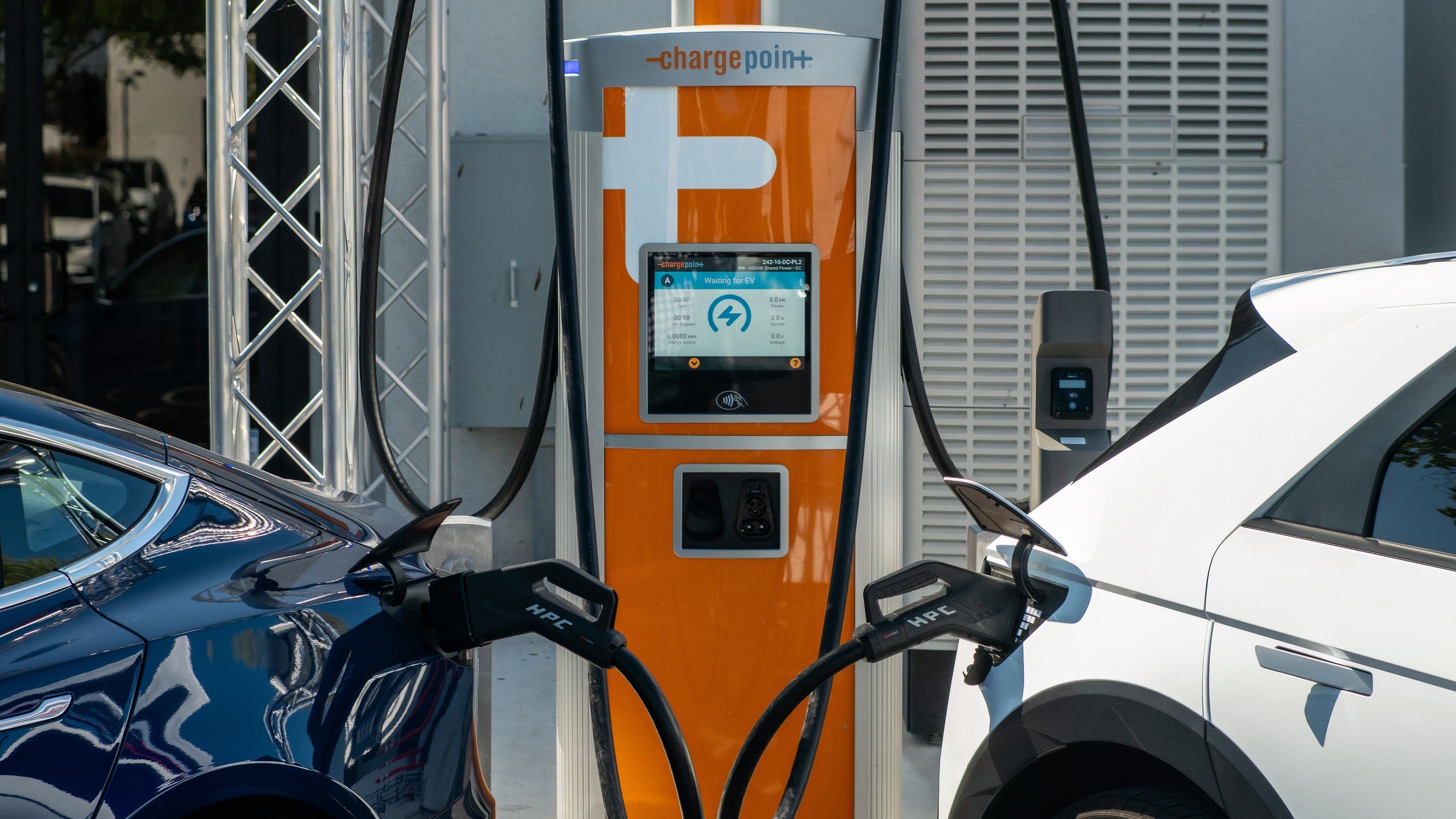
Related
Should you install a home charger for your EV, or use charging stations instead?
It’s always tempting to install an at-home charger, but you shouldn’t do it automatically.
2
The EV battery
Ensuring peace of mind
BYD
The battery pack is the most expensive part of an EV, and this is critical to check when assessing a used EV. Don’t fret, you don’t have to poke the actual battery with some technical gizmo, you simply have to look at some paperwork.
The older the car, the lower the price. Before 2021, you basically had the choice between a Tesla or a Nissan Leaf. You can get a 2016 Tesla Model S for $15K, or a ’16 Nissan Leaf for under $6K. Although there is only a 1% risk that the battery on either of these cars will fail, if it does, the cost of a new battery pack will be way more expensive than the value of the car. So stay within the battery warranty.
Battery warranty
EV batteries will last a long time, but they can fail, and they are expensive to replace. Fortunately, EV warranties are really generous, eight to ten years, and 100,000 miles or up. So if the EV you are looking at is three years old, and has 40,000 miles on the clock, you have at least five years and 60,000 miles of carefree driving. This warranty usually extends to the other EV components as well, but not to the rest of car. That is covered by a shorter warranty, and we’ll look at that below.
Do some homework
Even if the EV you are considering is within the warranty range, some easy checks will give you peace of mind. You don’t want the hassle of being without a car because they have to replace the battery pack or any other item still under warranty.
The car’s service history will tell you if the car has been regularly serviced, list major repairs, and accidents.
You can check with the NHTSA if the car has had any recalls, and make sure they have been done.
There are really good online resources that will give you an instant snapshot of the car and the performance you can expect in real-world driving.
Charging fittings
The charging port and charging fittings should be covered by the EV warranty, but can be damaged by incorrect use. Inspect both for signs of damage, and ask that the vehicle charger is plugged in while you check that it is working properly.
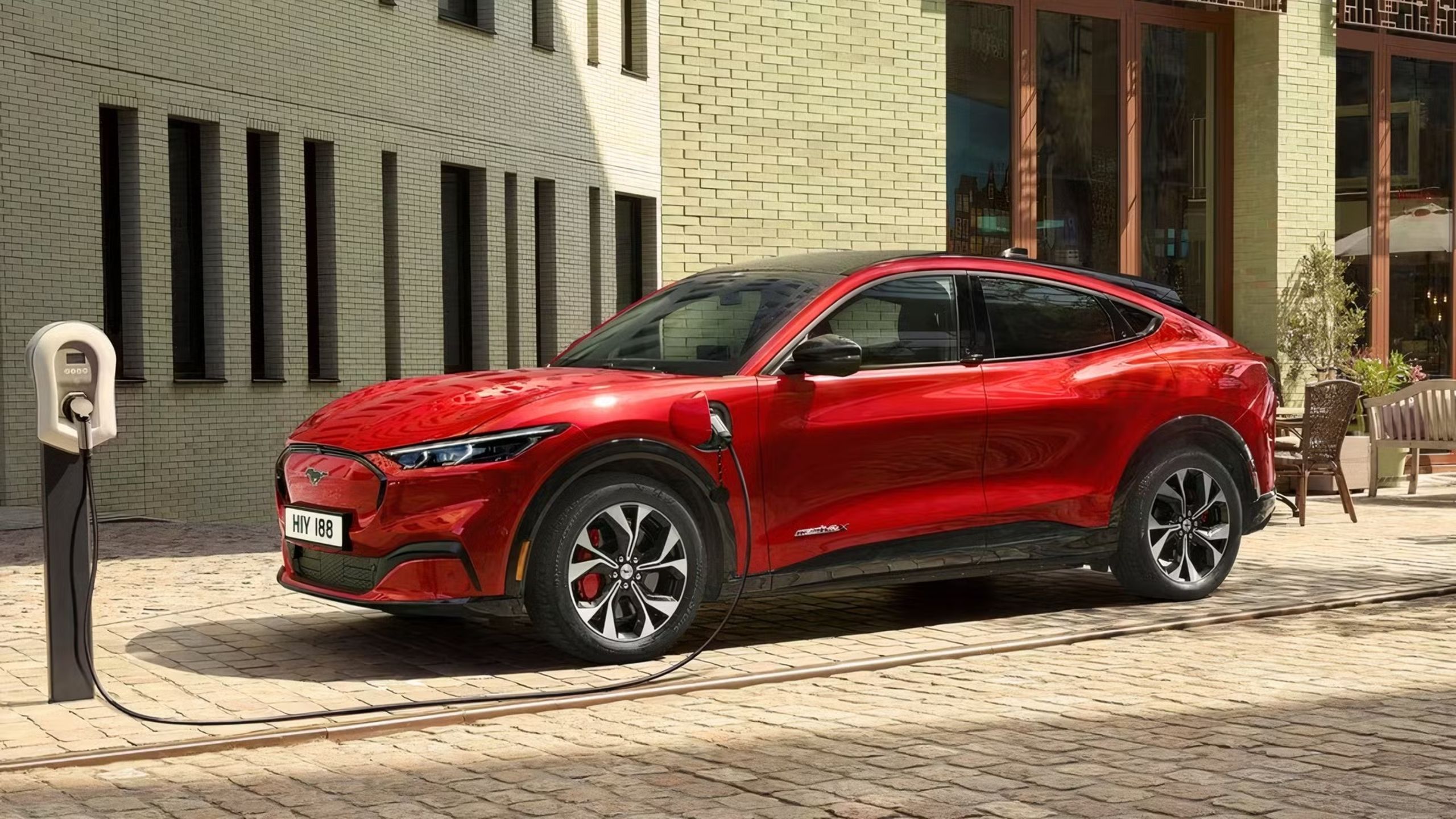
Related
10 electric cars that depreciate the most after 3 years of ownership
Buying a depreciated EV could save you over $60,000 on the original price.
3
Other EV checks
Stuff that applies mainly to EVs
Kia
Tax Credits
Tax credits for used EVs are complicated right now, with federal credits potentially on the chopping block. However, state-level breaks can still be found that are often linked to the buyer’s income profile, the time elapsed since the previous vehicle was purchased, and even the vehicle itself. It would be worth checking what applies in your area. If you qualify, you may get back as much as $4,000.
Software and firmware updates
EVs get software and firmware updates, much in the same way your phone or computer does. It is vital that the car has the latest updates, because the way EVs work and how they charge is evolving so rapidly. The newer the car, the more likely that these updates will happen over the air via an internet link, automatically or when prompted.
Some cars still require a visit to the dealership. But either way, it is important to find out how this happens with the car your are considering and to ensure it has the latest updates.
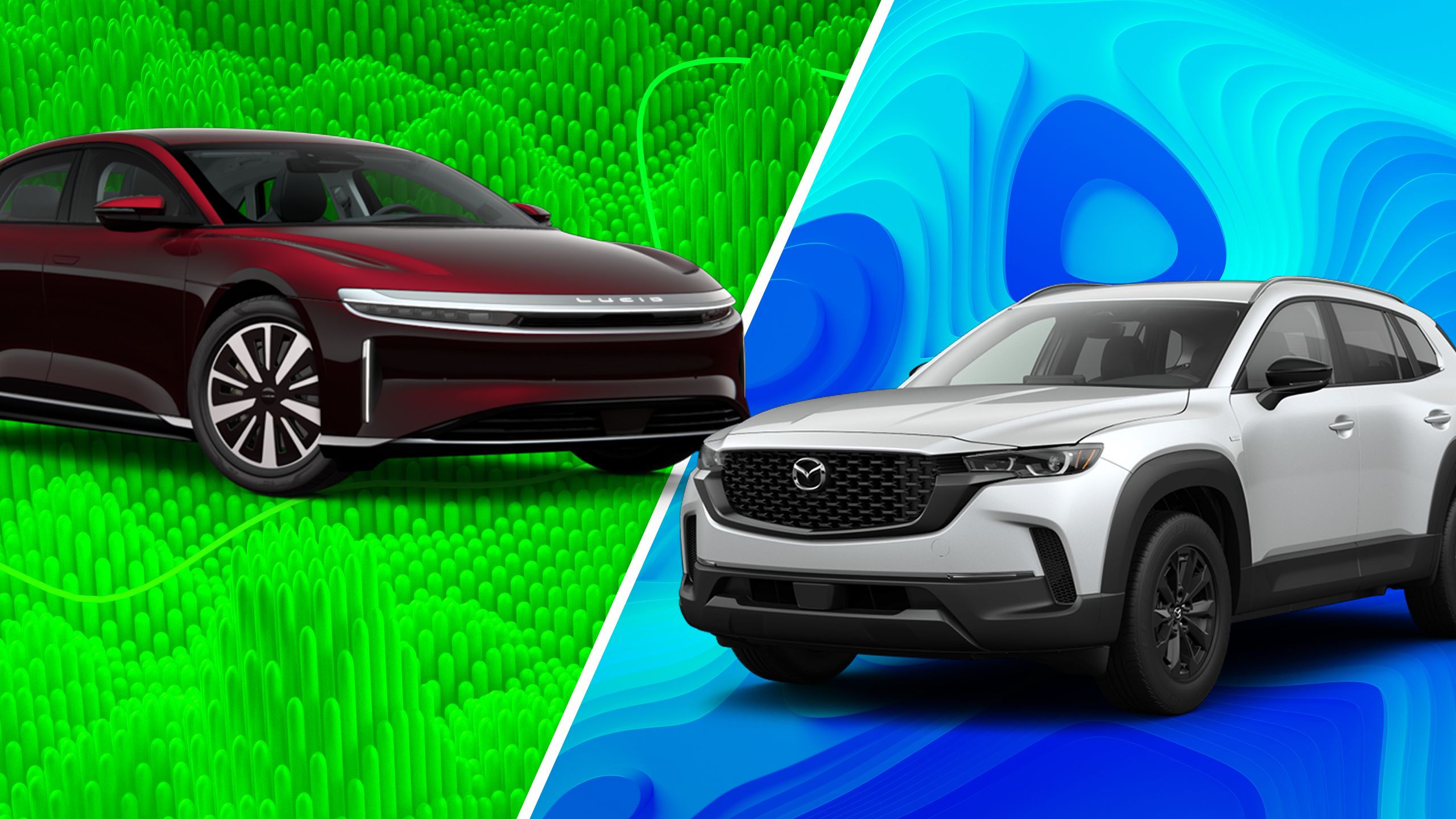
Related
Why I think you should buy a pure EV and not a hybrid car
It’s not just about range and upfront affordability.
4
Things to check on any used car
A used EV is still a used car
Kia
There are many non-EV things on a used car you should check, as fixing them after you have bought the car could be expensive. Spending fifteen minutes looking, touching, poking, and trying switches and latches can save you many dollars.
Examine the exterior
Walk around the car and look. Does the car look smart or shabby? Do the seams between the body panels line up? Are the body panels all exactly the same color? Minor dents or scratches should not be an issue, but rust is. Check the rubber seals around the windshield and other windows for cracking or wear.
Make sure the front and rear lights and indicators all work, including high beam, brake lights, and reverse lights. Make sure the door handles, and hood and truck release mechanisms work. Open the hood and look at the motor. Even if you know nothing about cars, the motor bay should be neat and clean. Any fluids or oily residue, rust, cable ties, duct tape, and the like should be a warning sign. Make sure the proximity sensors, if any, work.
Take it for a test drive
Drive it so you listen for rattles, squeaks, and other disturbing sounds. Concentrate on the feel of the suspension in both left and right curves. Check the brakes to make sure they are crisp, rather than soggy or scratchy.
A heater or A/C affects the range of an EV, so use both these, and look at how they affect the battery indicator on the dash. You probably won’t know if the battery use is normal or excessive, but it’s good to do and will keep the seller honest.
Standard Warranty
In addition to the battery warranty, an EV comes with standard or bumper-to-bumper warranty, covering all the normal things that can go wrong. Most cars will have a three year or 36,000 mile warranty, Tesla comes with a four year or 50,000 mile one, and brands like Kia and Hyundai even longer and further. It is not a deal breaker if the car is out of warranty for certain things, but it is nice to know what is still covered and for how long.
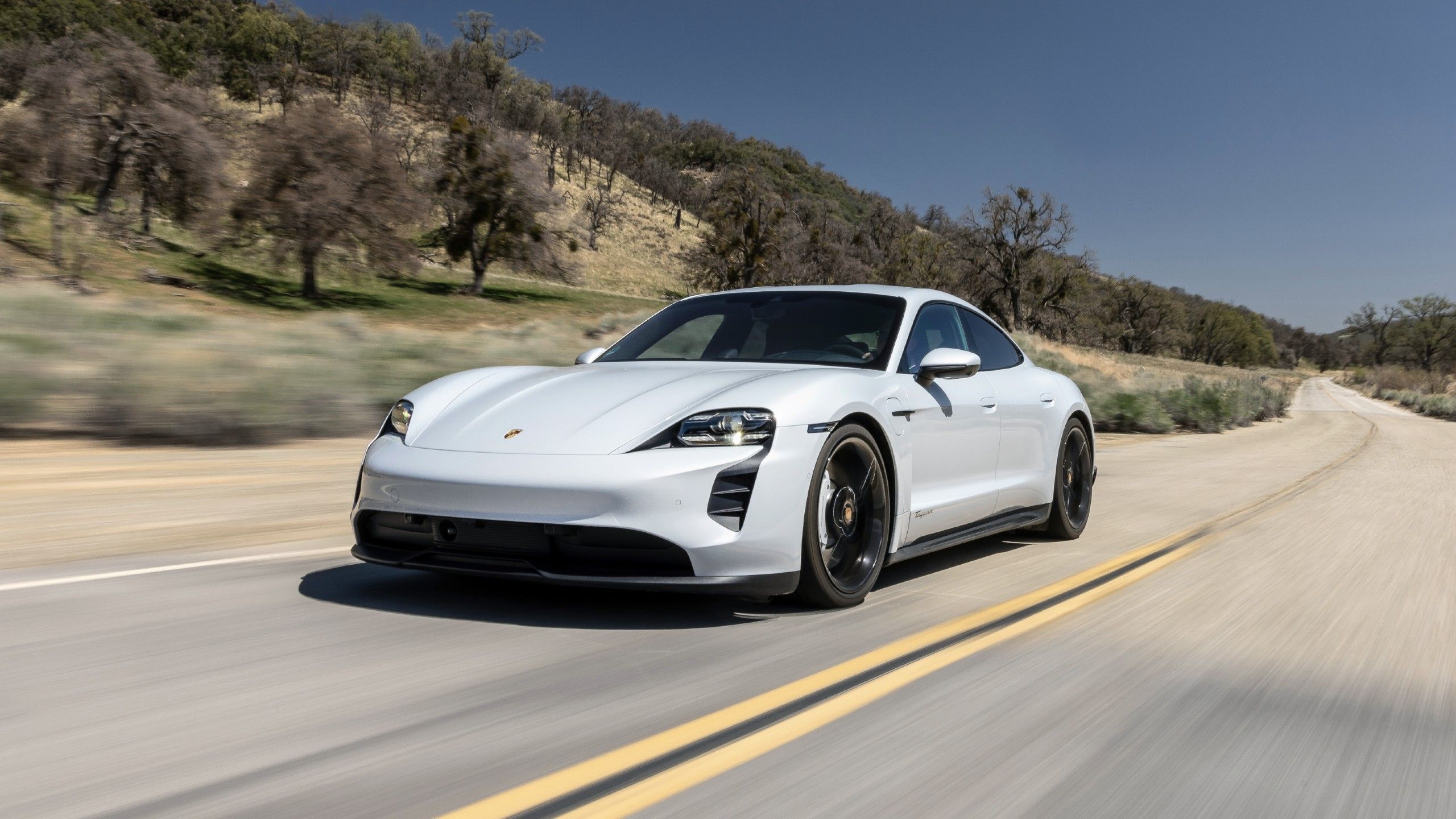
Related
10 affordable used cars that can keep up with a Porsche Taycan
You don’t need to spend $100k for a fast car. These sedans put Porsche to shame.
5
Why choose a used EV?
More value at a lower price
Hyundai
The selling price of EVs absolutely plummets over the first three years. This drop in price is driven by external factors, not the attributes of the EV itself. You can get a three-year-old car like a Tesla Model Y or Hyundai Ioniq 5 for the same price as a new Corolla. You will get a luxury $40 – $60K EV with five to seven years of battery warranty on it. After the initial drop in price, the EV’s depreciation will level out, giving you something to resell or trade in after half a decade of luxury motoring, minimal energy costs, and much lower upkeep.
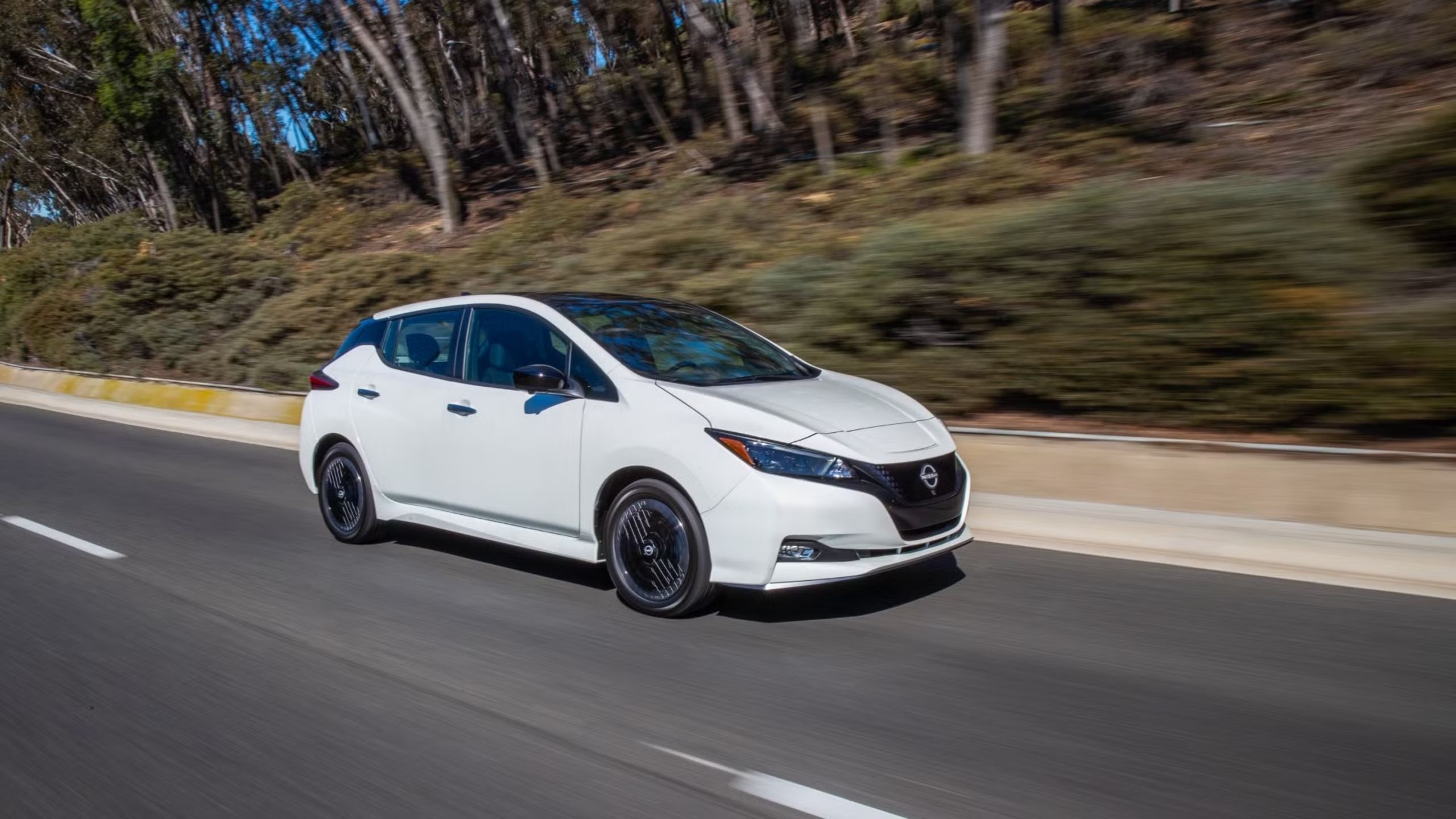
Related
5 things I’ve learned about EVs now that I’ve owned one
The EV experience is wonderful overall, as long as you’re prepared for it.





